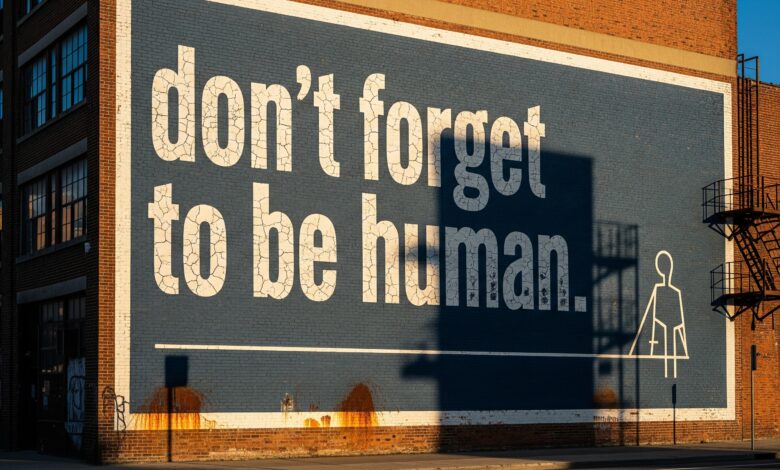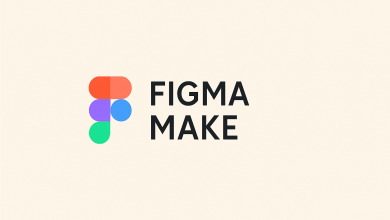
In the world of digital marketing, AI tools are top of everyone’s mind. They are the shiny (not-so-new) toys, promising to expand our capabilities while simultaneously raising important questions about their long-term impact. But here’s the burning question: Can robots and data and algorithms truly capture the beautiful, baffling essence of human experience? In case you haven’t figured this out yet, in my book it’s a big, fat, resounding “NO.”
AI can’t replicate the visceral and intangible feelings of joy in discovery, or of “FOMO,” the age-old desire for inclusion. These are the original algorithms, etched into our DNA, and they’re what truly drive, influence, and inform consumer behavior. So, how do we use our not-so-human friend to amplify that human touch rather than obliterate it?
You Hack AI—Don’t Let It Hack Your Original Intention
Utilizing automation and AI may sound like an opportunity to lean a little more heavily on autopilot, but the human touch has to grab the wheel at some point. The ideal balance rests in using AI as a the drawing board, or a baseline for the mission, and the power move comes in the iterating and finessing prompts until the machine delivers what only a human can take across the finish line. It’s about making AI work for you, not the other way around. Always review your goals, tone, and audience needs for accuracy to make sure it still understands the assignment.
One great example of this in practice involves Clorox’s early experimentation with AI-generated visuals for a new ad campaign for their Hidden Valley Ranch brand. According to The Wall Street Journal, “An initial image created by Clorox staff with an AI tool from a company called Pencil showed pale chicken wings that didn’t look appetizing…the team refined their prompt to make the wings saucier and more enticing.” Data-sourced information can’t translate your take on “delicious” right off the bat. Examples like this demonstrate why hacking AI through human review, refinement, and straight up human resonances is so crucial.
ChatGPT: Collaboration Confidant, Not Your Ghostwriter
We’re all acutely aware of the pressure to constantly churn out content. But is “fastest and first available” better than “the right thing”? Certainly not. In a digital world where authenticity is vital, your content needs to stick the landing. Think of AI tools as your brainstorm wingman (or wingwoman), your editor, your assistant—there to escape creative ruts, unearth fresh angles, and “think outside your own head”. Marketing is, by nature, a collaborative creative process, and the human “gut check” is a vital component when developing digital strategies. ChatGPT can be used to get out of a creative rut and get funnier, faster. Your team might have ten versions of a slogan or a subject line, and inputting them all into ChatGPT will help you find the thread between them and pull out the best, most interesting variation. By using this method, the content still originates from a person, but you get to the end goal quicker.
It’s Called Artificial For A Reason: Humanity is Your Advantage
AI lacks so many human capabilities—most importantly, self-awareness and the human ability to own, learn, and reinvent from mistakes. Since the software lacks the emotional depth and understanding of how those affected by an incident might be feeling, its fast nature and false sense of trust can be its biggest foe:
In 2023, a passenger with Air Canada asked the company’s AI service chatbot for information on discounted airfare in cases of bereavement. The bot responded quickly with information that was both outdated and incorrect, not to mention tone-deaf and unempathetic, causing the customer to purchase a ticket—only to later be denied the refund the AI helper had initially promised. The company refused to honor the chatbot’s provided information, arguing in court that it wasn’t responsible for what the AI helper said. A judge ultimately deemed that the company was liable for the misleading information, and ordered them to honor the discount.
This is a perfect example of the need for human oversight to translate emotional sensitivity and generally read the room, jeez. The AI helper confidently provided an outdated answer, causing the matter to be escalated legally. The backlash surrounding this event eroded trust in the organization and greatly impacted public perception of their practices; by contrast, a human service representative might have recognized the emotional weight of a request like this and responded accordingly with empathy and clarity. AI might be fast and (in some cases) hands-off, but when dealing with sensitive issues and community concerns, a human touch is what drives connection and ultimately forges a meaningful resolution.
Remember: Human Connection “is the Whole Point”
AI technology is evolving marketing efficiency without a doubt, but while it may seem to offer faster paths to execution, don’t mistake the map for the destination. Spoiler alert: it’s not all doom and gloom. This new prompt-refining world might actually force us to become stronger communicators—because the results are only as good as the direction and context given. If you are not able to curate, communicate, and constructively criticize, you are going to end up with a result that lacks specificity, relevance, and emotion; a slow and painful path to brand sanitation and serious lack of creativity.
Ultimately, it’s about striking that delicate balance, blending algorithmic efficiency with personalized insight to craft authentic narratives and actual feelings. To cite a recent social media trend, “don’t forget the whole point” of digital marketing: The end goal is always to resonate and connect with your audience on a profoundly human level.





